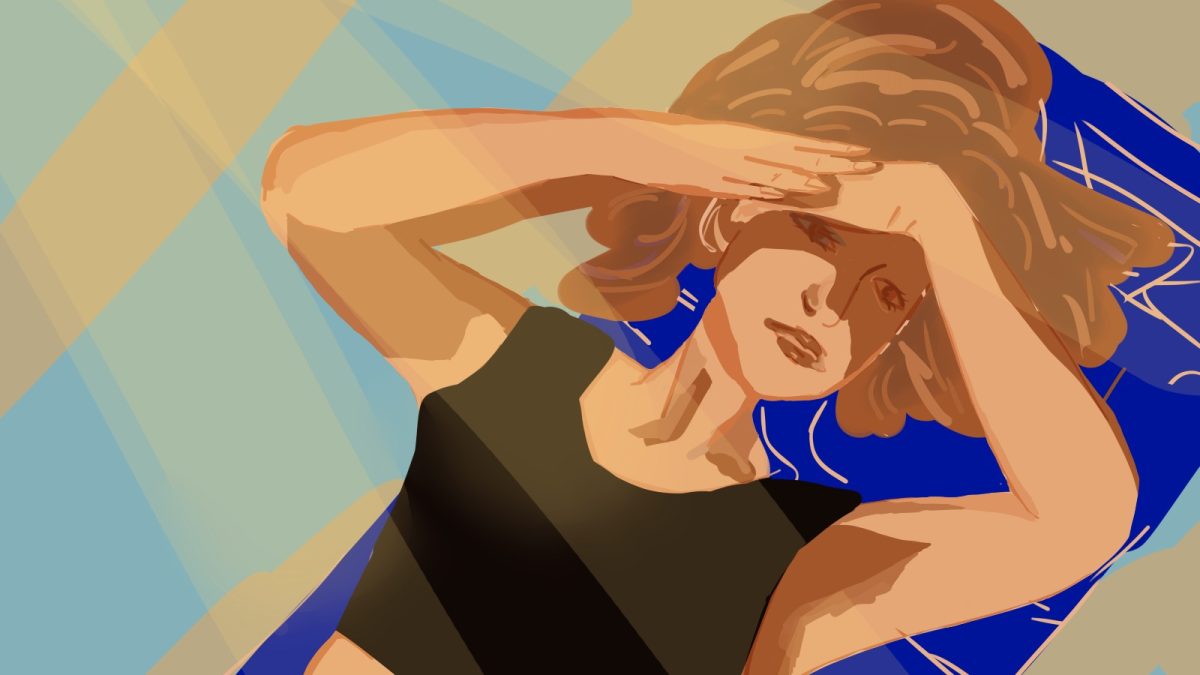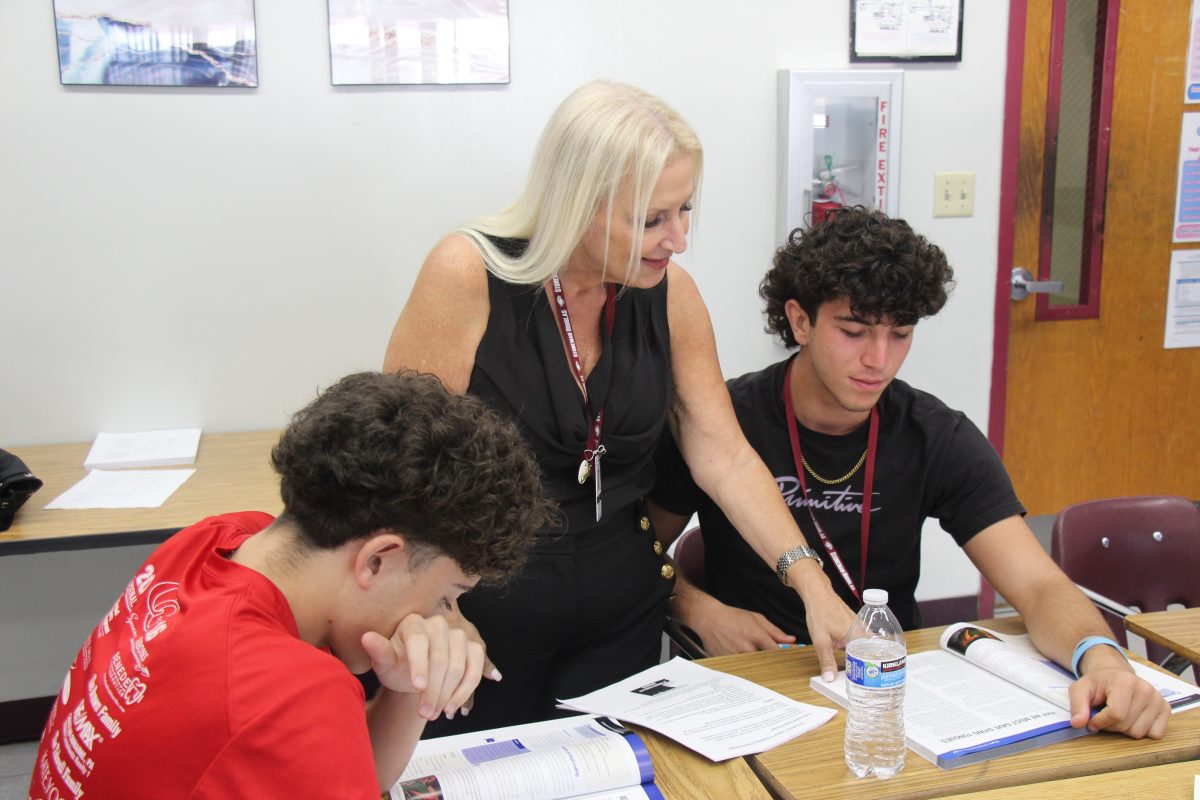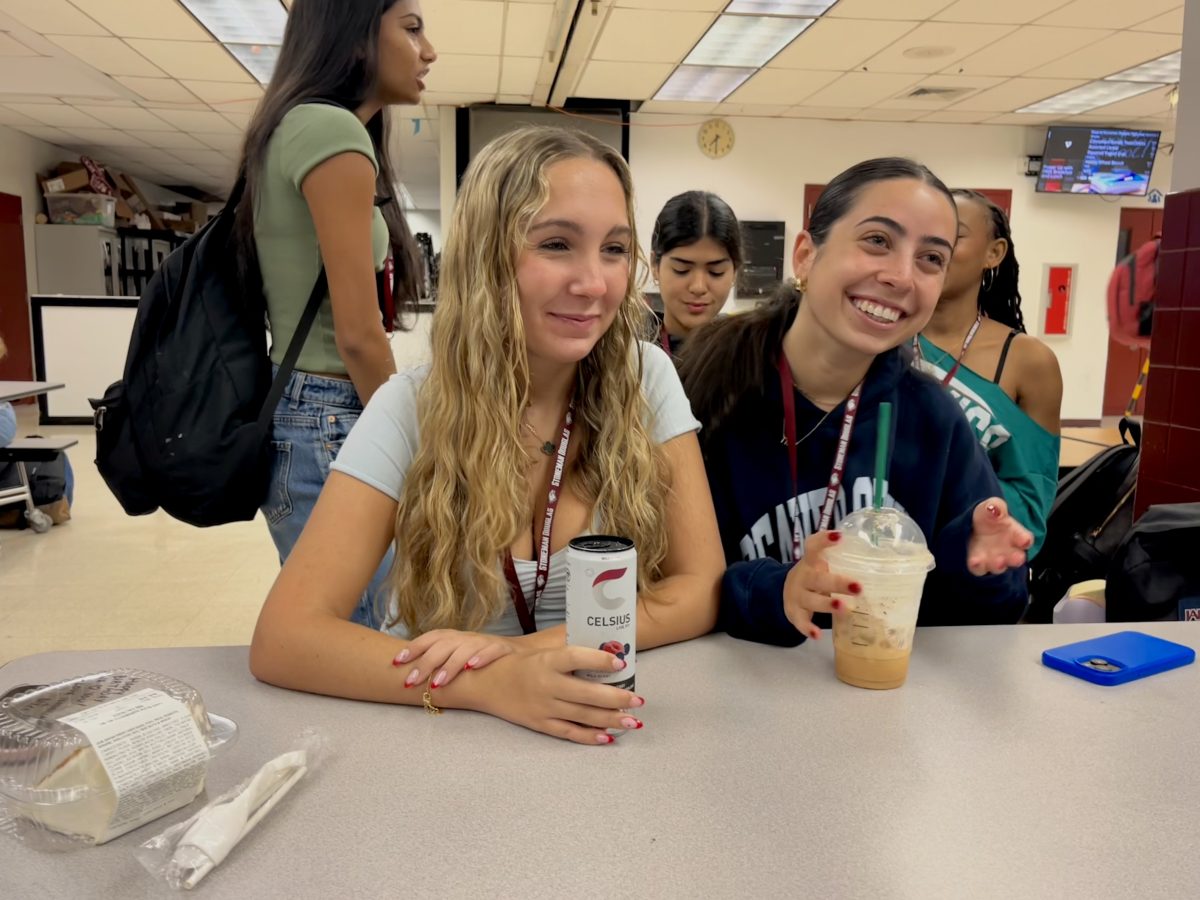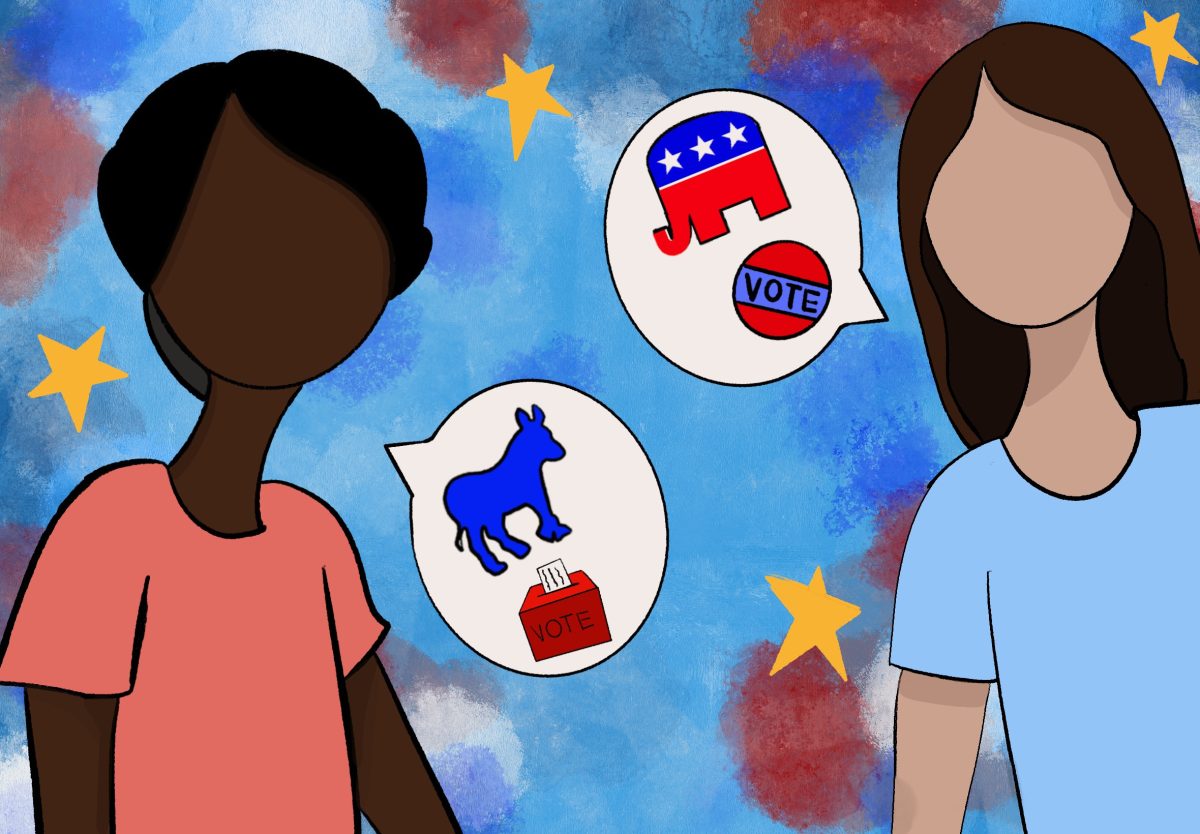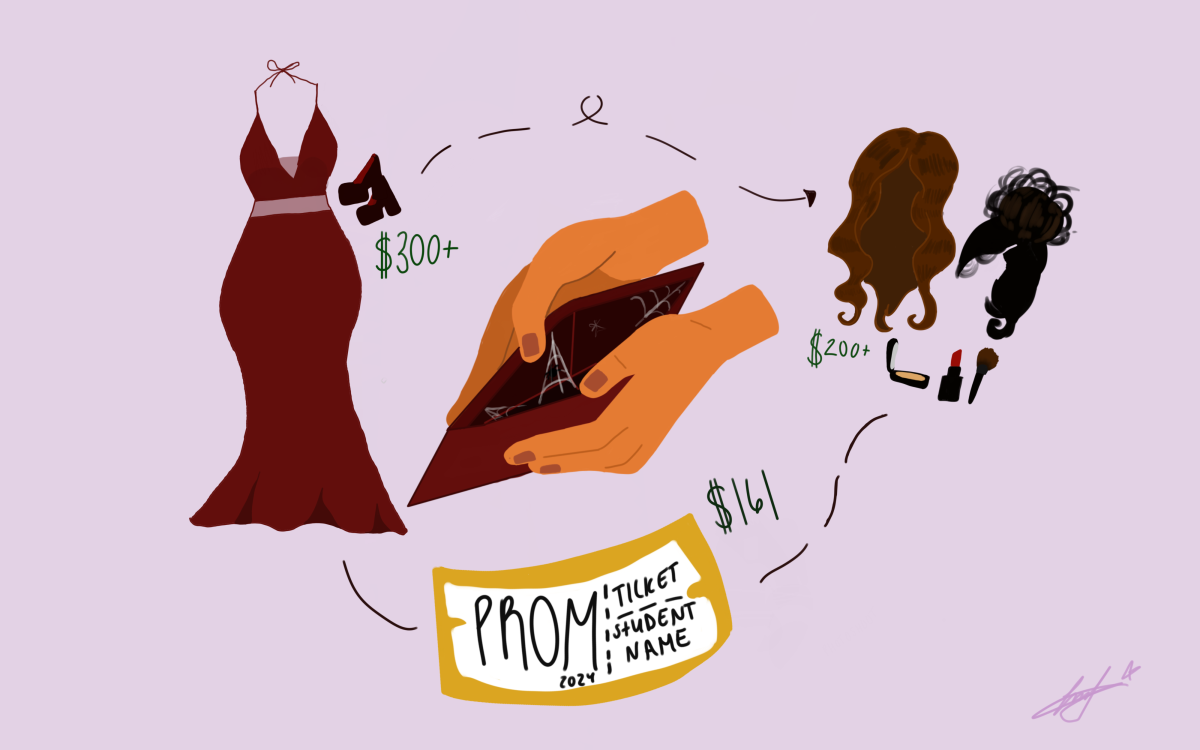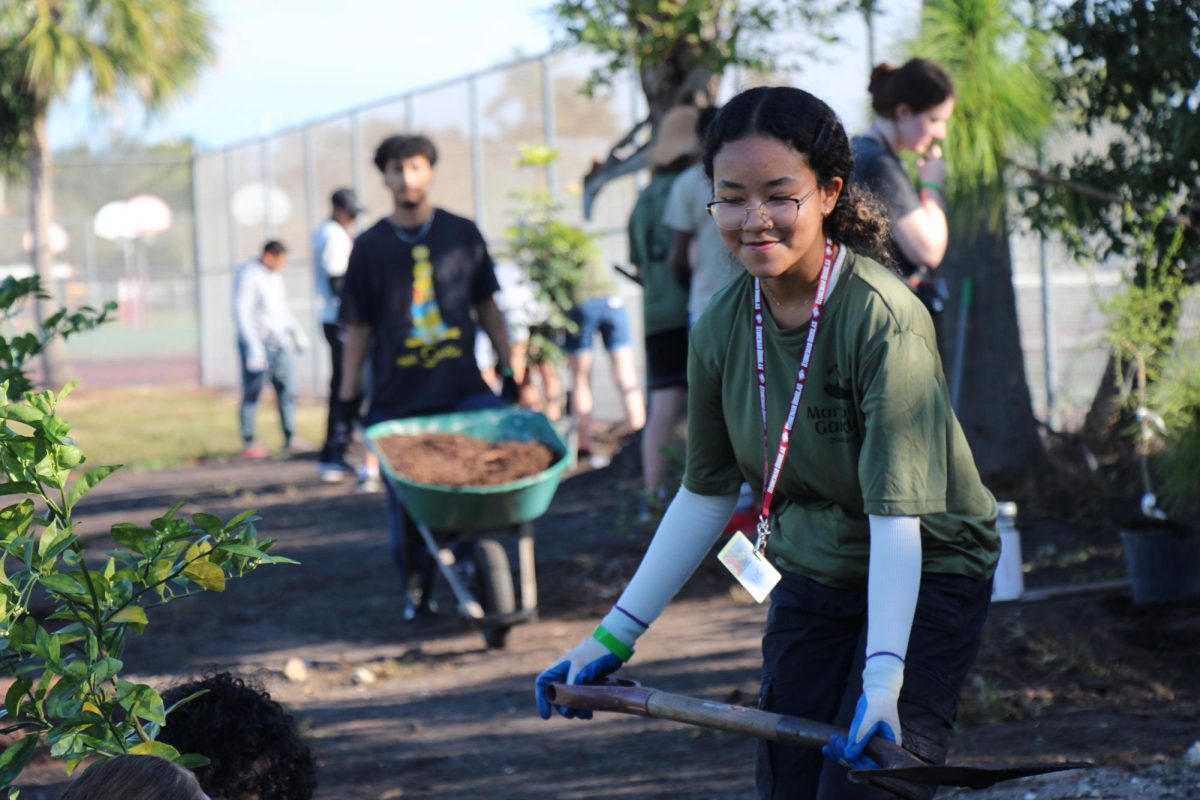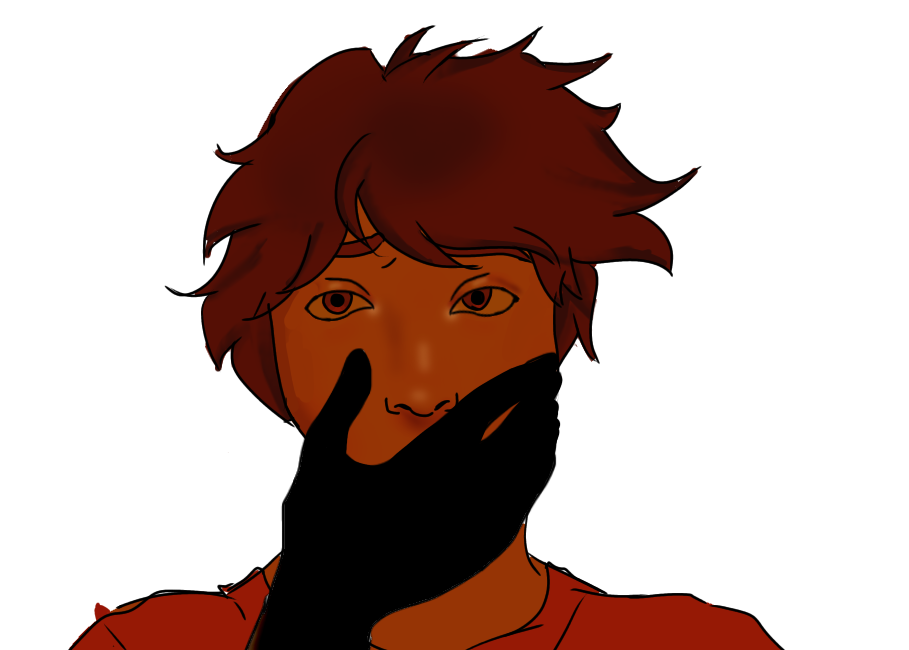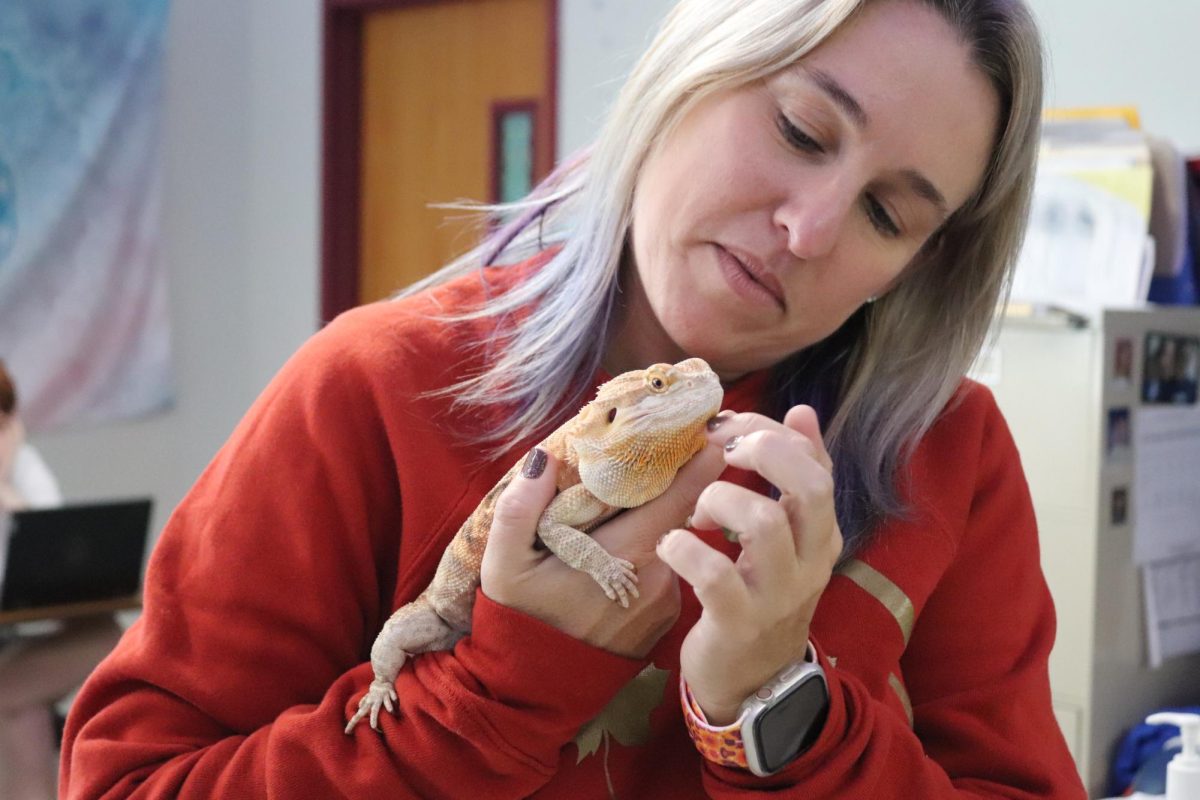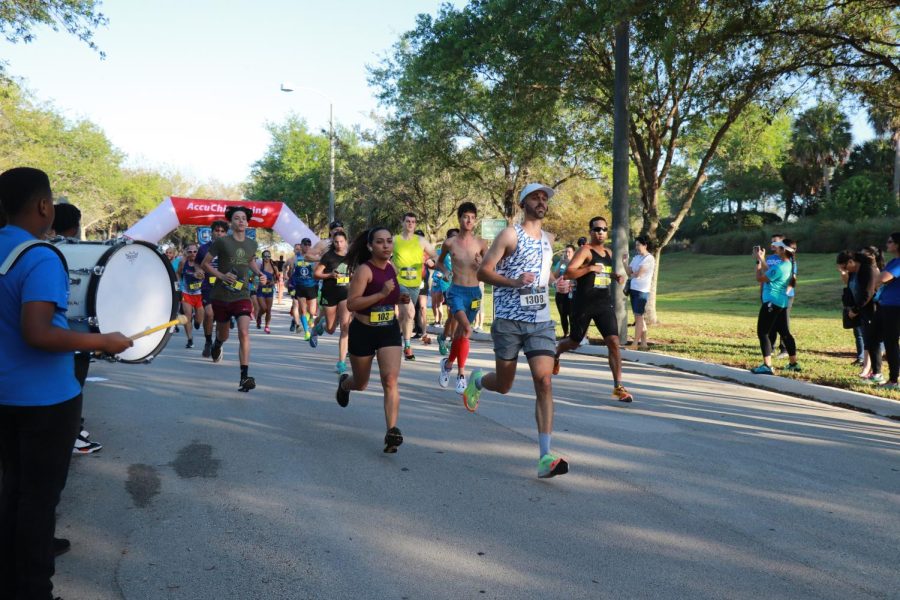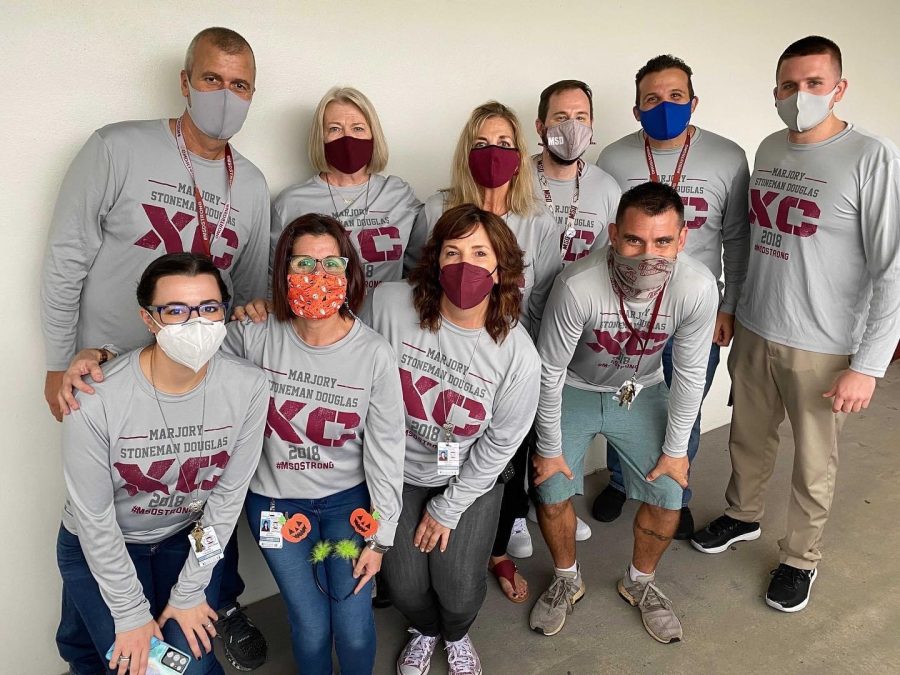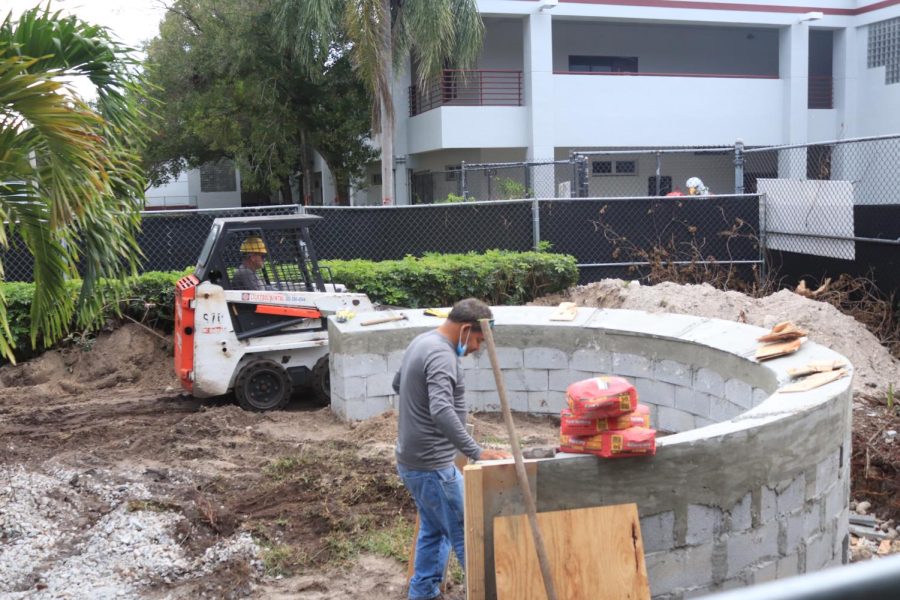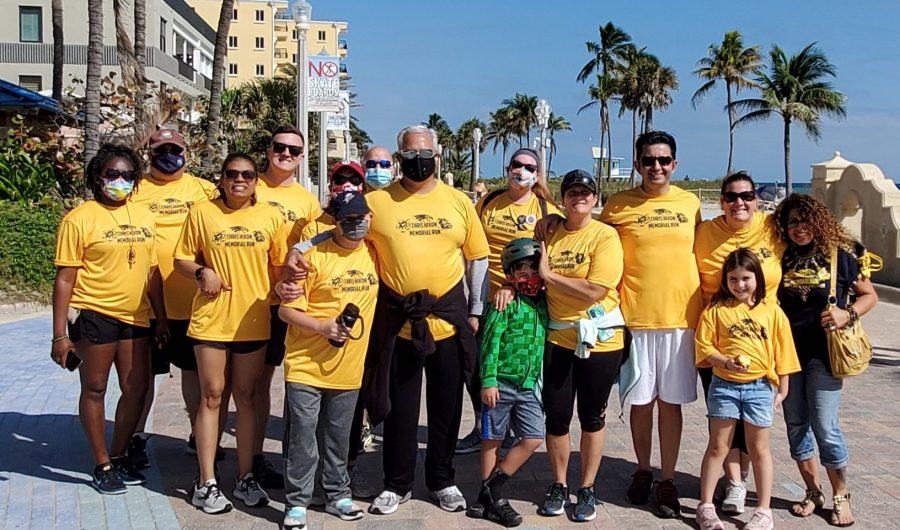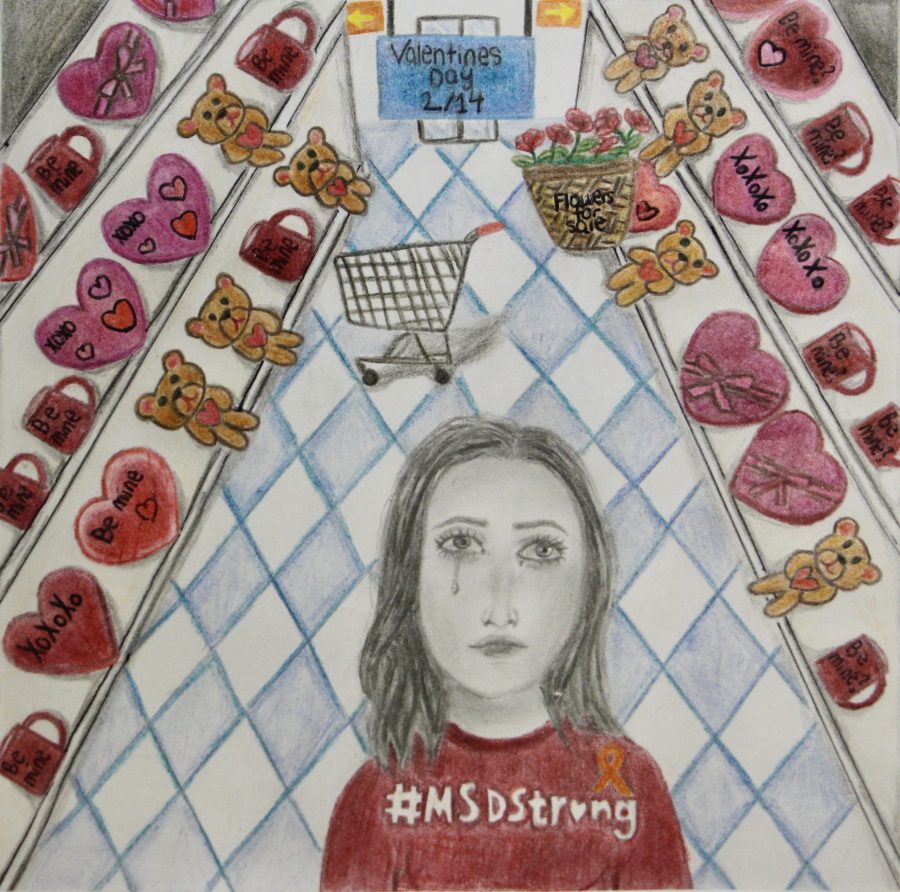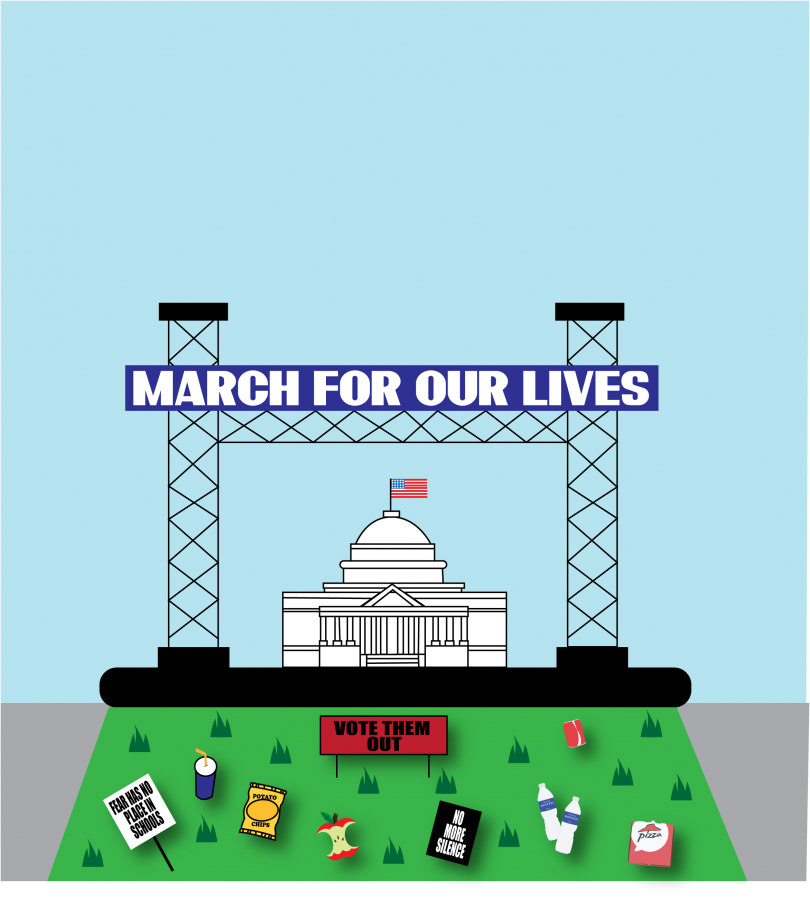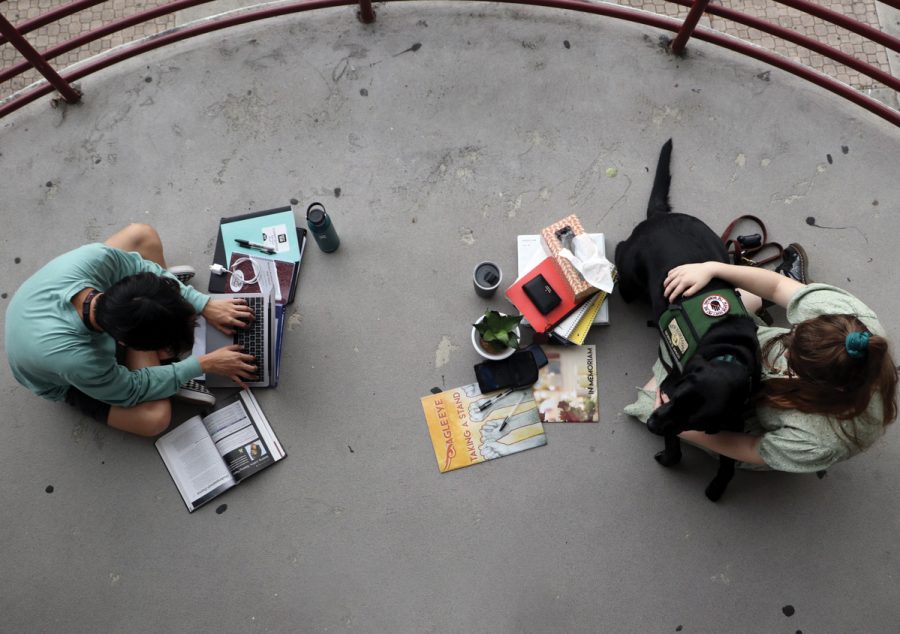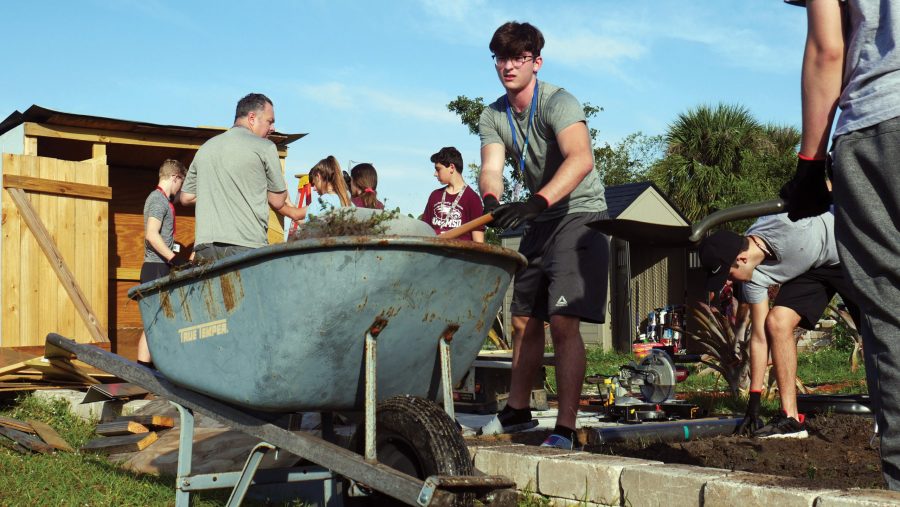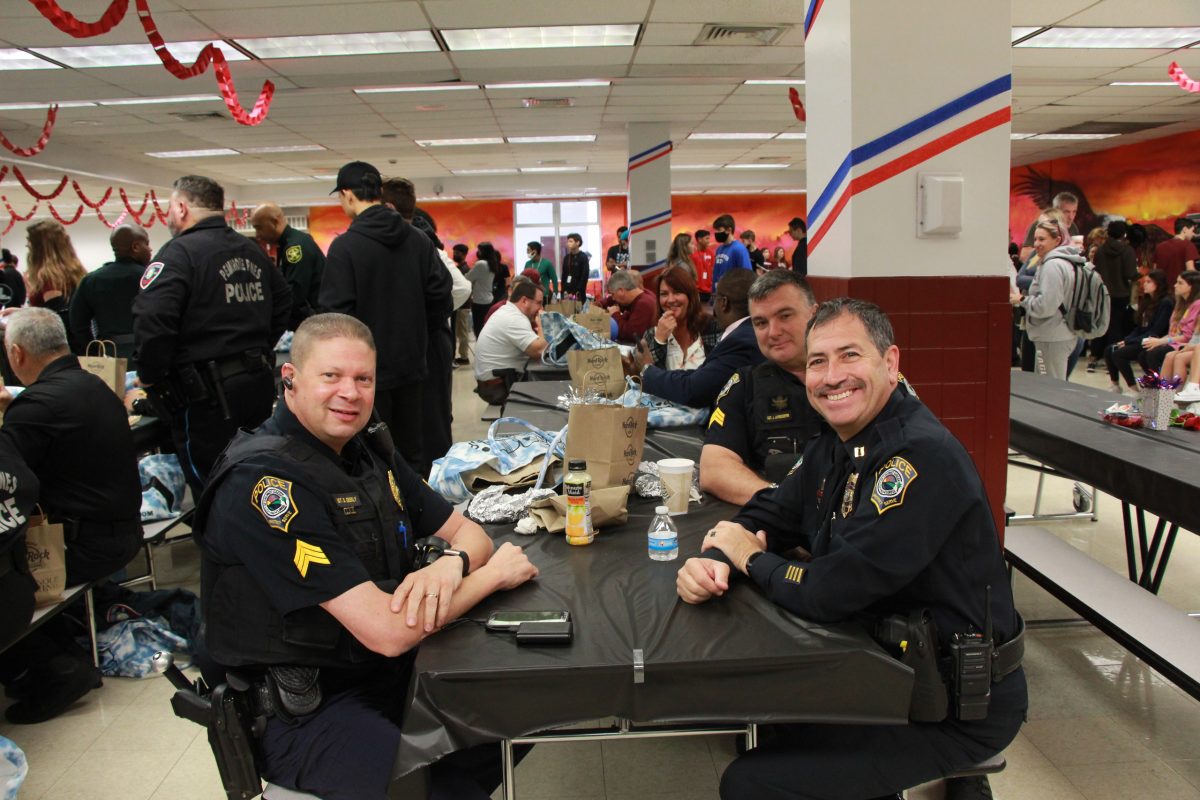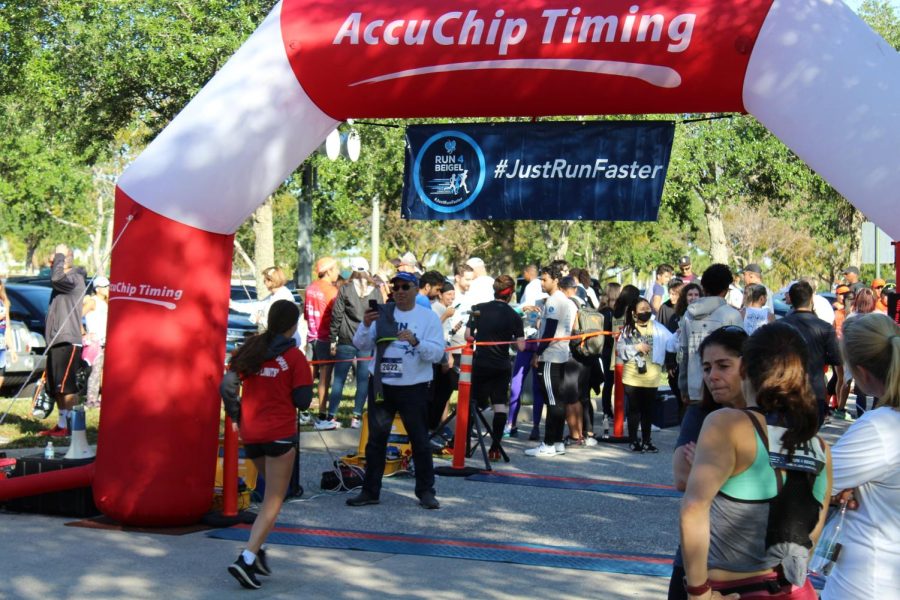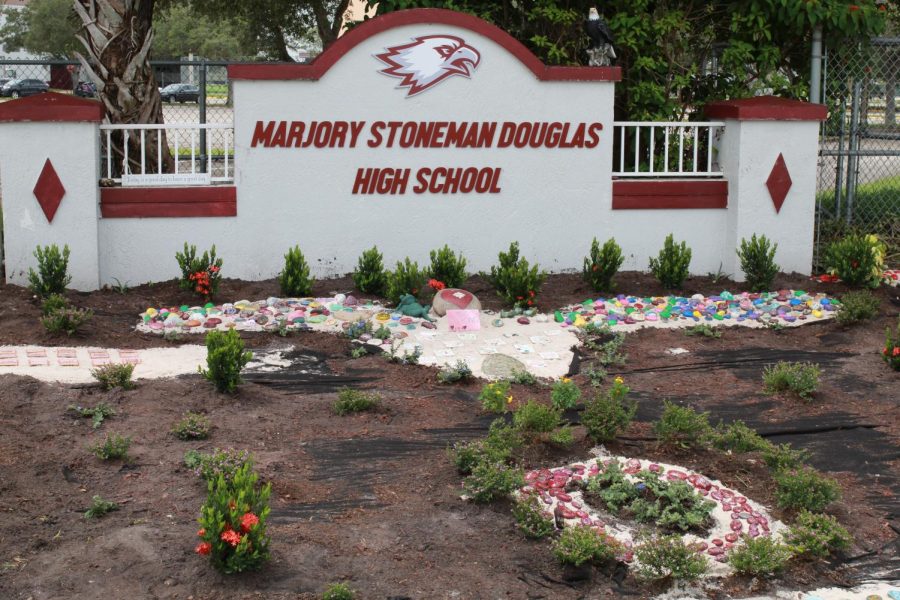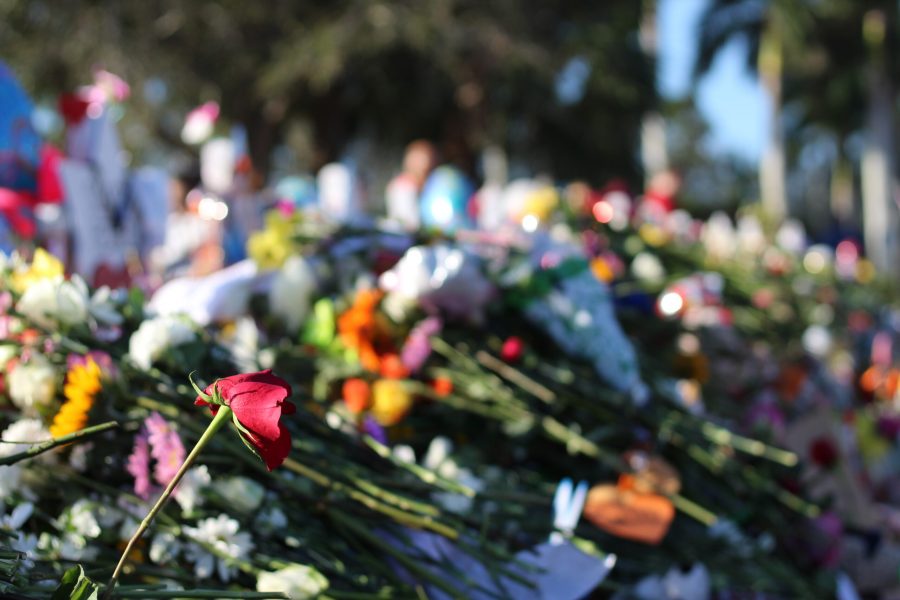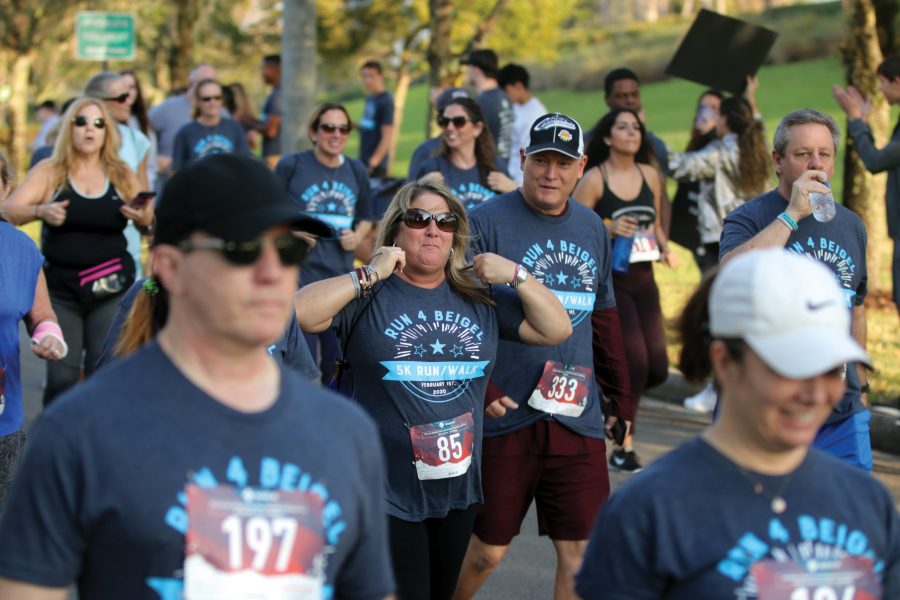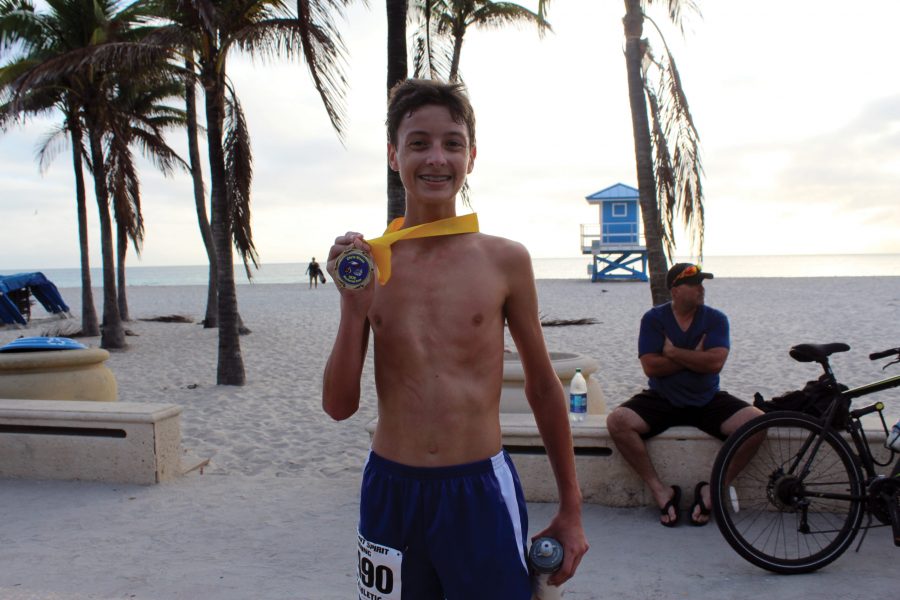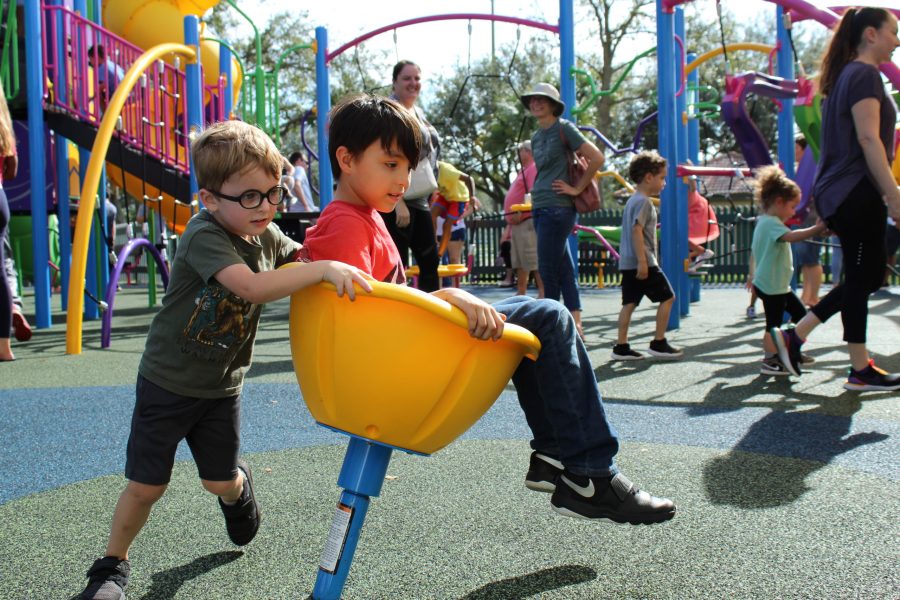
On Sept. 26, 2019, the Coral Springs Center for the Performing Arts held an opening reception to celebrate the official launch of Ian Witlen’s photography exhibit titled “Anguish in the Aftermath.”
Witlen is an internationally published freelance photographer whose clients include, but are not limited to: TIME, Huffington Post, Chicago Tribune, Red Bull and Rolling Stone. He was raised in Coral Springs, Florida and graduated from Marjory Stoneman Douglas High School in 2001. For this reason, he felt very connected to the tragedy that occurred on Feb. 14, 2018, and set out to use his talents to bring something beneficial to the MSD community.
Witlen created this exhibit to allow individuals to learn from history in the hope that it will result in a more peaceful future. He originally began the project to simply document what each individual had gone through because he felt this was an effective way to preserve their experiences and emotions. He found this important because as survivors’ emotions fade, a documentation of their original trauma has the ability to inspire others for years to come.
“I believe that we need to learn from history… If we don’t learn from it, our society can’t move forward and change for the better,” Witlen said. “I figured as a way of preserving what each person has gone through, I would take it upon myself to document.”
Witlen’s original goal for this project was to give individuals who felt they didn’t have any way to be heard, a voice to say whatever they desired. He noticed that almost instantly after the incident, journalists were asking survivors very specific questions and not allowing them to speak about topics they felt were important.
“There were so many being turned away who have a voice and wanted to speak and wanted to be heard, but nobody was listening,” Witlen said.
This is where Witlen’s idea flourished. He decided to invite whoever was interested to come and tell their story and speak about anything they felt could be useful for others to hear. He began this process by sending emails to community members that he knew. By the following day, his schedule was completely full of people who were interested in being a part of his project.
Witlen felt the best way to go about the interviewing process was to be as discreet as possible to keep everyone involved safe. He met with survivors and family members of victims and posed two simple questions to them. The first question he asked them was to tell him as much or as little as they wanted about their personal experience on Feb. 14, 2018. The second question he asked was what they would like to see come from all of this. He wanted to keep the questions very open-ended so they could discuss whatever they desired.
Throughout this interviewing process, Witlen realized that he was uncovering an entirely different side of individuals, a side that they had never publicly addressed in their past interviews.
“You have a teacher, for example, who you see as being very strong and angry and political on TV telling me about the form of survivor’s guilt they have,” Witlen said. “You see a very different side of people than you might expect from them.”
Witlen was very touched by the stories and feelings that people chose to share with him. He felt a strong sense of compassion towards his fellow community members. He shared that after certain interviews, he had to take week-long breaks to process everything he was being told.
“There were some interviews [that] I needed to take weeks off after,” Witlen said. “I cried probably for a day and a half after [certain interviews].”
Witlen prepared for the emotional challenges that would arise during the interviews by meeting with a PTSD specialist beforehand and learning how to handle any troublesome situations that could potentially arise.
Witlen adopted this way of interviewing from a project that he worked on over ten years ago. This project consisted of meeting with Holocaust survivors and interviewing them about their experiences. Witlen had created a list of specific questions to ask these individuals and found that he was not getting the raw emotions and stories that he desired. For this reason, he made the questions for the “Anguish in the Aftermath” project much broader.
“I learned from that what I did wrong and what I can improve on, which is why I made it very open-ended,” Witlen said.
After completing this extensive process, he was left with 51 portraits of individuals during their interviews and 51 unique audio recordings of personal stories. He decided to showcase this exhibit at the Coral Springs Center for the Performing Arts because they had allowed him to host his interviews at their location. Those who visit the exhibit have the opportunity to view the portraits while listening to the individuals’ stories through headphones that are provided.
This exhibit opened to the public on Sept. 14 and the opening reception was held on Sept. 26. At the reception, Witlen spoke about his motivation behind the project and what he had gotten out of it. Individuals who attended the event were welcome to walk through the exhibit and speak with Witlen throughout the evening.
Many of the guests were community members who were featured in the project, while others were simply interested in the artist behind the work.
Featured in the project, were students, teachers and those related to the victims of the shooting. MSD English teacher Darren Levine got involved with the project when he met Witlen and heard from some of his co-workers how beneficial they felt the interview had been for them.
“Ms. Schamis actually told me that she had sat for Ian’s project, and it felt really good to talk, and I hadn’t really talked until that point in the way that I maybe needed to,” Levine said. ‘It was really therapeutic… A weight really did lift off of me.”
Before attending the opening reception, Levine wanted to have a chance to experience the exhibit in solitude. There, he was able to understand the full impact of art.
“I went by myself because I wanted to go when not a lot of people were there to walk around and be able to focus… It was really powerful. I left there more sad than when I went, which I didn’t like, but I understood it was necessary to experience because it’s art,” Levine said. “I went back for the artist reception, and it was really great to see a lot of the faces that were on the wall in person and all of us kind of coming together… It was nice to celebrate Ian and what he accomplished in capturing something that’s really powerful and that really needs to be spread throughout not just the country, but the world.”
Students and staff from MSD also attended the event, finding it beneficial to their overall mental states. Junior Ava Steil was one of the students that was featured in the project. She felt that the interviewing process had both positive and negative effects on her.
“Telling my perspective of the events felt really good because it helped me accept that it was all real and allowed me to think about the events that I hadn’t taken the time to reflect on,” Steil said. “But I did feel a little bit down when I was done telling my story because that’s when it hit me that I wasn’t just telling a story, I was talking about events that really happened and negatively impacted countless individuals’ lives,” Steil said.
Witlen plans on continuing his endeavors and asks that if anyone feels this could be a beneficial experience for them that they contact him.
This story was originally published in the October 2019 Eagle Eye Print Edition.

